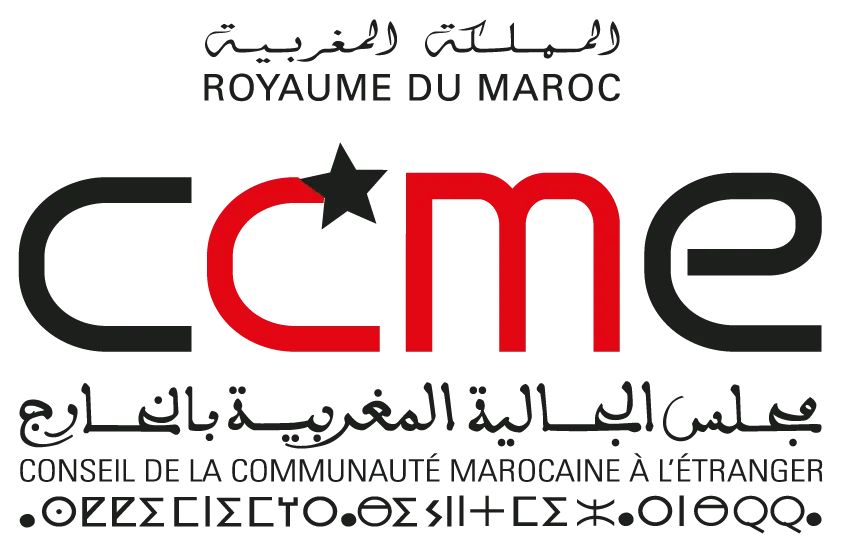404
Page Not Found!
We are sorry, but the page you are looking for is not available. It’s probably a mistake we made, but now we know it is there and we’re going to try to fix it. In the meantime, try one of the following:
We are sorry, but the page you are looking for is not available. It’s probably a mistake we made, but now we know it is there and we’re going to try to fix it. In the meantime, try one of the following:
2025 - © المجلس
Ressources
Contact
© 2025 - CCME



